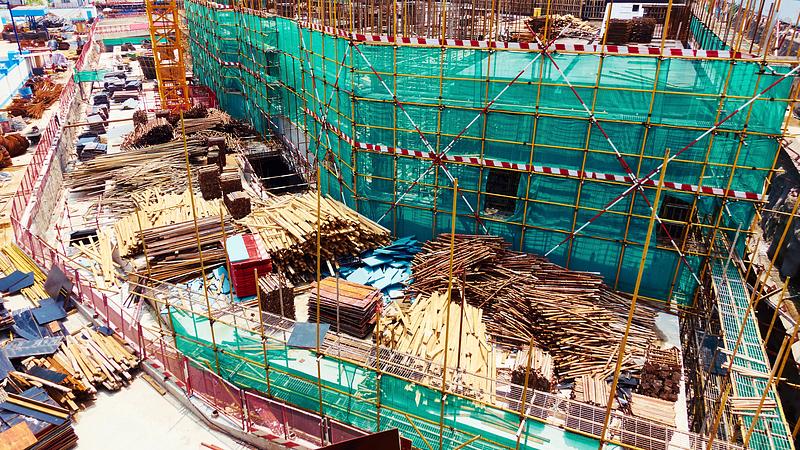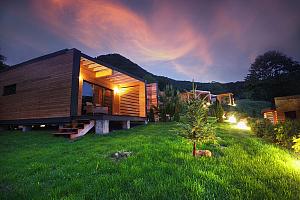Booming housing market keeps Romanian constructors busy

The volume of construction works on residential buildings projects in Romania rose by 18% YoY in January-April and went out of scale in April (+50% YoY), according to data published by the statistics office INS on June 16.
Overall, the volume of construction works increased by 5.7% YoY.
Notably, the non-residential buildings segment, aggregating logistics, industrial, offices and commercial sub-segments, posted flat dynamics compared to the same period last year.
By type of constructions, the works on new constructions (+12.4% YoY) outperformed the other segments of capital repairs and maintenance that contracted by over 10% and 5%, respectively.
The residential market segment alone, supported by new projects and marginally helped by the 2.3% advance in the civil engineering works (public investments), supported the overall decent 5.7% YoY advance (+15.4% YoY in April) of the construction market in the first four months of the year.
The combination of low interest rates, accumulation of reserves in households’ accounts, and rising demand for housing units (broadly neglected before the lockdown) resulted in a booming housing market not only in Romania but globally.
Real estate investors, in their turn, focused on this safer market segment as the office and even retail segments faced rising risks, and the industrial/logistic is not particularly capital-intensive.
The lagged effects of the crisis, inflation mainly, including higher prices of the construction materials), as well as the end of the QE policies (higher interest rates) and the phase-out of the public COVID-19 support packages will maybe not put an end to the housing boom, but bring it to a more normal scale.
Another limitation Romanian constructors will face once the Resilience Plan hopefully reaches the implementation stage is the labor market.
On the other hand, the real estate investments (particularly housing, but not limited to) will remain a low-risk area in an increasingly volatile and inflationary environment.
And the Government will have to find resources to implement the projects financed under the Resilience Plan furthermore within a tight deadline - 2026. The import of workforce is one option for such an optimistic scenario.
(Photo: Alakoo/ Dreamstime)
iulian@romania-insider.com













